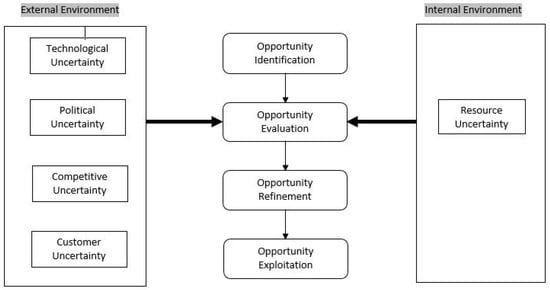A cloud of uncertainty – Page 2 of 2 – StartupSmart
“Ironically, we have world-leading universities when it comes to renewable research, but all the equipment and technology ends up coming from China. Sun Tech Power is the leading solar company in Australia and it’s owned by a Chinese guy trained by Sydney University.”
“Just look at the track record of entrepreneurs who have invested money in renewables in Australia only to be decimated by government regulatory changes. There are good companies like Carnegie Wave, but they have gone offshore to France and Scotland because they can’t build the business here.”
“The fossil fuel lobby is exceptionally strong here and they have huge funds to prevent change. A day’s further delay is a day’s further profit for them.”
“The other problem is that Australia doesn’t have an energy security problem. China has a massive energy security issue and so do Germany and Italy. They all have plans. What is Australia’s five-year plan?”
Uneven growth
Where growth exists in the renewable market, it’s patchy. While a plethora of solar PV installers have cropped up, buoyed by feed-in tariffs offered to consumers, the geothermal and wave technology industries are still in their infancy.
“The market is still looking for a winner at the moment. Once they do that then the game changes, but at the moment, we are like the Wright brothers,” says Nick Boyd, founder of Aquagen, a start-up company that generates power through the movement of waves.
Boyd says that Aquagen’s patented technology is a world first – it transfers the wave force from buoyancy units via a cable and pulley system, rather than a more inefficient and costly underwater cable system – but getting government funding support for the idea was a struggle.
“One problem was matching the funding dollar for dollar,” he says. “I understand that they want to reduce risk, but if you assess a project properly, you can reduce that risk.”
“I needed to get a family loan to get the $186,000 for a proof of concept loan from Commercialisation Australia. But now I need to commercialise it and getting the $2 million to match that loan is a little bit more difficult.”
Going overseas
Boyd, like many other Australian entrepreneurs in the renewables market, has had to rely on overseas investment to grow.
He says that Aquagen has signed an agreement to supply power a new $40 million Asian desalination project, a move that has provoked greater reassurance among Australia’s more conservative investors.
The next move is to commercialise a business that currently only has a small R&D buoyancy unit located off the pier in Lorne, a small coastal town in Victoria.
“Australia probably has the best wave resource in the world,” Boyd says wistfully. “The CSIRO says that Australia’s entire electricity needs could be covered three times over, just by the south coast alone.”
“It’s a bit like the gold rush. There is a huge opportunity that we can take advantage of. It just takes someone to make a leap of faith.”
Green shoots
So what does the future really hold for renewable start-ups in Australia? If the carbon price is introduced next year, funds raised will probably be made available for new green tech businesses but the detail, like much of the scheme, is still unclear.
Arkx’s Buckley says that there are pockets of opportunity, such as the fitting out of energy efficient buildings. Australia is already making strides in the area, as witnessed by a new ‘six star’ energy efficiency building in Sydney’s Darling Harbour.
“The question is, though, how quickly can we build that sector before China copies it?” he says. “Eventually, we will realise that this is the industry of the future, rather than hanging on to the industry of the past. There are plenty of individuals doing good work, the government just has to realise the opportunities.”
Marsh says he sees opportunities in several areas, including the building of ‘smart grids’ that handle the increased amount of renewable energy generated. But, in the short-term, challenges remain.
“At the moment, the market is flat,” he says. “I think we’ll see some consolidation over the next few years. There will be fewer companies around and the larger ones will be able to survive better than the smaller ones.”
“I think in 12 months, there will be less uncertainty in the market. There will be a carbon price and we will see more deployment of green technology. I think the market will pick up. But it will take time.”
In a statement, Department of Climate Change and Energy Efficiency says: “The (solar credits) changes, commencing from 1 July 2011, are intended to ensure that households continue to contribute to the cost of installing their solar panel system and to ease pressure on electricity prices.”
“The Renewable Energy Target has been enhanced to provide greater certainty for households, suppliers of renewable energy systems and large renewable energy projects.”
“The enhanced RET scheme legislation came into force on 1 January 2011 and will help ensure the growth of both the small-scale and large-scale renewable energy sectors. Economic modelling suggests that with a carbon price the RET will deliver at least a 20 per cent share of renewable energy by 2020, and will drive around $16 billion of investment, in real terms, in the same period.”

